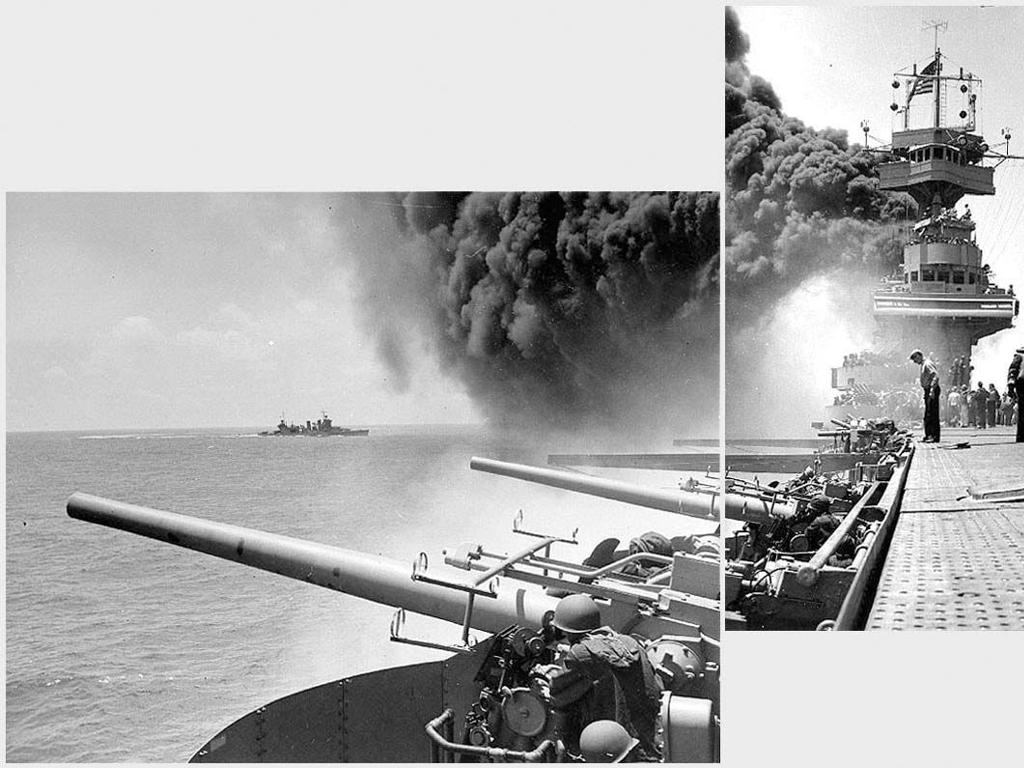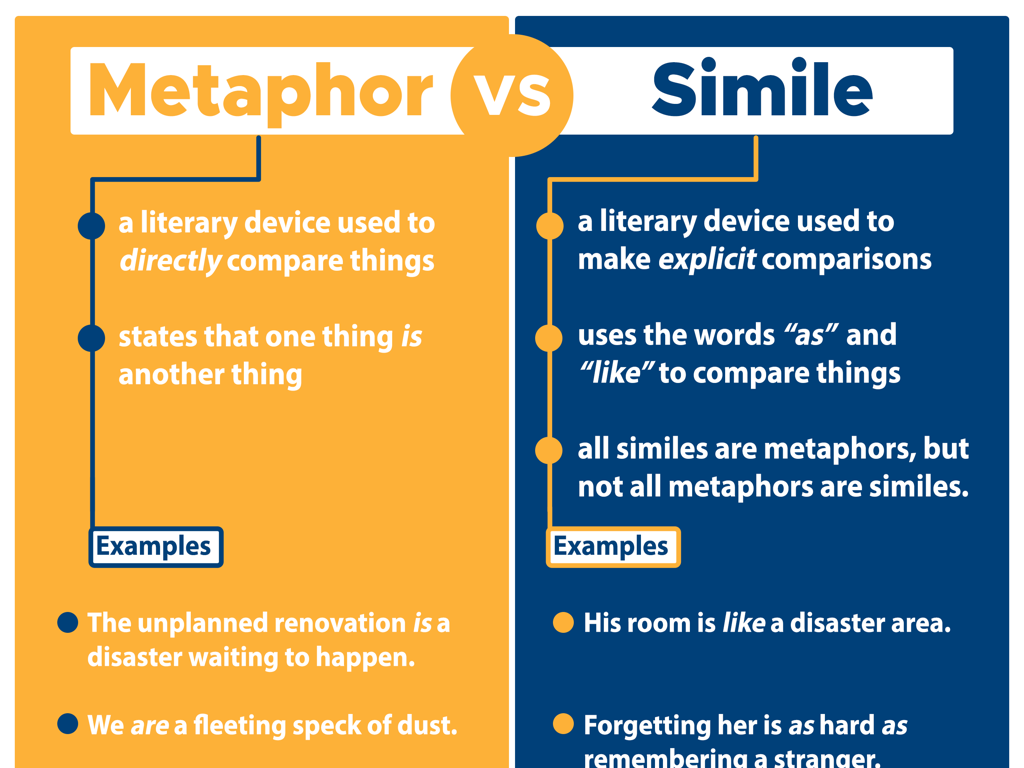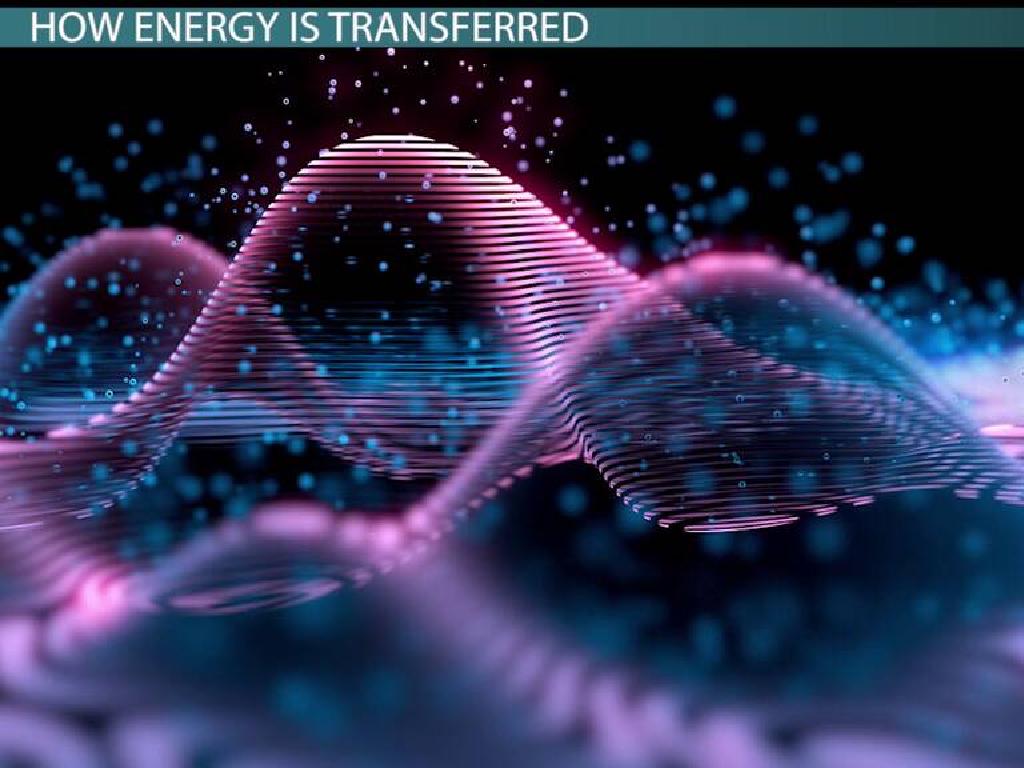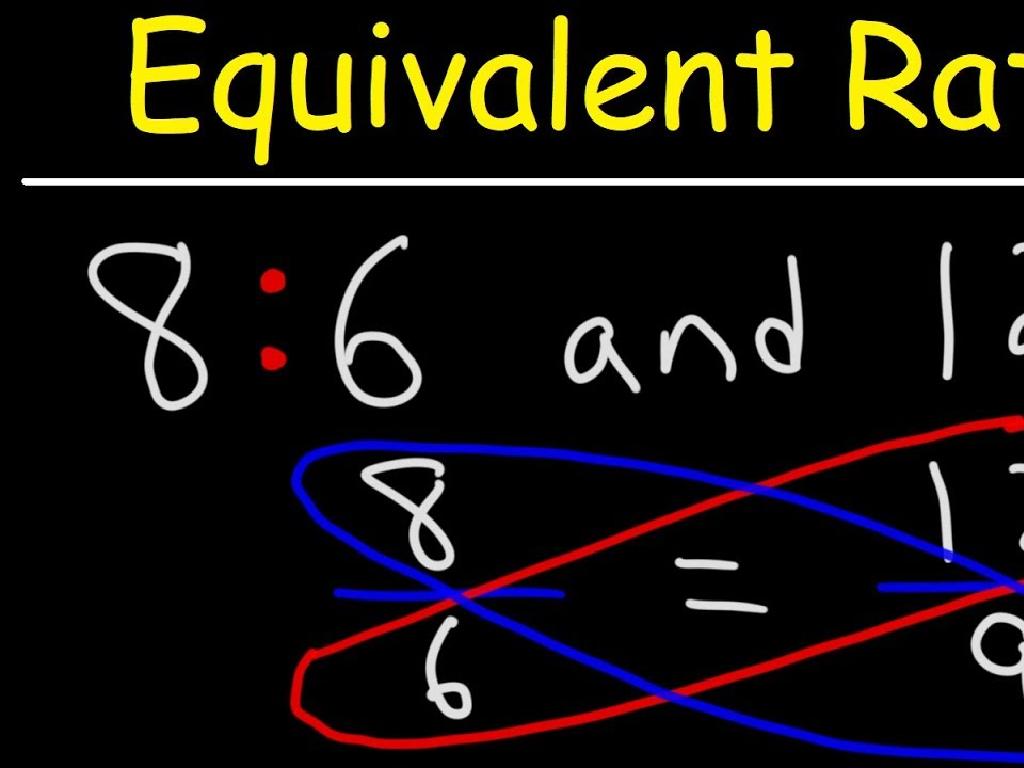Read About Science And Nature
Subject: Language arts
Grade: Sixth grade
Topic: Analyzing Informational Texts
Please LOG IN to download the presentation. Access is available to registered users only.
View More Content
Analyzing Informational Texts: Science and Nature
– Explore features of informational texts
– Titles, headings, photos, and captions guide our understanding
– Why analysis matters in science reading
– Analyzing helps us grasp complex concepts and verify facts
– Identify text structures and elements
– Look for cause/effect, compare/contrast, and sequence of events
– Practice critical thinking skills
|
This slide introduces students to the skills needed to effectively analyze informational texts, with a focus on science and nature. Emphasize the different features of informational texts that can help students understand and organize the information presented. Discuss the importance of analysis in reading to comprehend and engage with scientific material critically. Encourage students to identify common text structures such as cause and effect, comparison, and chronological order, which are often used in scientific writing. This will help them to better digest and retain the information. Incorporate activities where students practice identifying these features and structures in class with provided texts on science and nature topics.
Exploring Informational Texts in Science and Nature
– Define Informational Text
– Factual writing that informs or instructs the reader.
– Fiction vs. Non-Fiction
– Fiction is made-up stories, non-fiction is based on facts.
– Role of Informational Texts
– They provide facts about science and the natural world.
– Expanding Knowledge
– Learn new things about the environment and how things work.
|
This slide introduces students to the concept of informational texts and their importance in learning about science and nature. Begin by defining informational text as writing that aims to educate the reader about a specific topic, using facts and realistic details. Contrast this with fiction, which is based on imaginary events or stories. Emphasize how informational texts can enhance our understanding of the world, particularly in subjects like science and nature, by providing accurate data and explanations. Encourage students to think about how reading such texts can contribute to their knowledge and awareness of the environment and scientific phenomena.
Text Features in Science and Nature
– Titles, headings, subheadings
– They guide readers through the structure of the text.
– Tables of contents, indexes, glossaries
– These elements help navigate and understand the text’s layout.
– Role of photographs and diagrams
– Visuals often explain concepts better than words alone.
– Comprehending text with visuals
– Learn to integrate text and imagery for deeper understanding.
|
This slide aims to teach students how to effectively use text features to enhance their understanding of informational texts, specifically in the context of science and nature. Titles, headings, and subheadings organize content and signal main ideas. Tables of contents, indexes, and glossaries are navigational tools that help locate information and understand key terms. Photographs and diagrams provide visual explanations that complement written text, often clarifying complex ideas. Encourage students to practice using these features by analyzing a sample text during the lesson. This will prepare them to independently navigate informational texts and improve their comprehension skills.
Analyzing Informational Text Structures
– Explore text structures
– Cause and effect, compare and contrast, sequential order
– Comprehension and structure
– How organization aids in understanding the text
– Analyze a science article
– Example: Dissect the layout of a nature article
– Impact of structure on understanding
– Recognize how structure clarifies information
|
This slide introduces students to the concept of text structure and its importance in comprehension, especially within science and nature articles. Students will learn to identify and understand common structures such as cause and effect, compare and contrast, and sequential order. Emphasize how these structures help organize information and guide the reader through the text. Use a specific science article as an example to analyze its structure and discuss how it helps to clarify the content. Encourage students to practice by looking at articles in their textbooks or provided materials and identifying the text structures used.
Critical Reading Strategies in Science
– Skim and scan for key info
– Quickly read to find important facts and concepts.
– Make predictions, ask questions
– Use titles and headings to guess what you’ll learn and inquire more.
– Summarize and paraphrase ideas
– Rewrite complex scientific concepts in your own words.
– Practice with a science text
|
This slide introduces students to effective reading strategies tailored for understanding science texts. Skimming and scanning help students locate essential information without reading every word. Encourage them to look for bolded terms, summaries, and graphics that highlight key points. Making predictions based on headings and asking questions engages them with the material, setting a purpose for reading. Summarizing and paraphrasing complex ideas are crucial for comprehension and retention. Provide a short science passage for students to apply these strategies, reinforcing their learning and building confidence in tackling challenging texts.
Exploring Vocabulary in Science Texts
– Understanding context clues
– Use surrounding text to define new words
– Learning word roots
– Roots give hints to a word’s meaning
– Decoding technical terms
– Specialized terms used in science
– Practice with a science paragraph
– Apply strategies to a real paragraph
|
This slide aims to equip students with strategies to tackle challenging vocabulary in science and nature texts. Emphasize the importance of context clues, which are hints within the surrounding text that can help decipher the meaning of unfamiliar words. Discuss common word roots that are frequently found in scientific terminology, aiding students in breaking down and understanding complex words. Introduce technical terms, explaining that these are specialized words used to describe concepts in science and nature. Conclude with a class activity where students practice these strategies by reading a paragraph from a science text and identifying new vocabulary using the methods discussed. Encourage participation and provide guidance as needed.
Interpreting Data and Evidence in Science Texts
– Understanding graphs, charts, and tables
– Visual aids that represent information and trends
– Evaluating evidence for claims
– Assess if the evidence is strong, relevant, and credible
– Case study: Nature report data
– Analyze a real example of data from a report on nature
– Critical thinking in data analysis
|
This slide aims to teach students how to read and interpret various forms of data presentation, such as graphs, charts, and tables, which are commonly used in scientific texts about nature. Students will learn to critically evaluate the evidence that supports a claim, understanding the importance of relevance and credibility. Using an example from a nature report, students will practice interpreting actual data, discussing what it shows about a particular aspect of science and nature. Encourage students to ask questions about the data and consider what additional information they might need to fully understand the implications of the evidence presented.
Class Activity: Dive into Science Articles
– Select a science/nature article
– Find the main idea and key points
– What is the article mainly about? List some important facts.
– Discuss article’s structure and vocab
– How is the information organized? Identify any challenging words.
– Present your findings to the class
|
This activity is designed to enhance students’ critical reading and analytical skills by working with their peers to dissect a science article. Teachers should facilitate the selection of appropriate articles, ensuring they are suitable for the sixth-grade reading level. Students will practice identifying the main idea and supporting details, which is crucial for comprehension. Additionally, they will analyze the text’s structure whether it’s cause and effect, compare and contrast, etc. and work through any unfamiliar vocabulary with the help of context clues or research. Finally, each group will present their analysis, fostering public speaking and summarization skills. Possible variations of the activity could include focusing on specific scientific topics, comparing articles, or creating visual aids to accompany presentations.
Conclusion and Reflection: Science and Nature
– Recap today’s key points
– Discuss interesting science facts
– Share a fact about science or nature that intrigued you
– Homework: Article summary
– Write a summary of the article we read in class, focusing on main ideas
– Reflect on what we’ve learned
– Think about how science and nature affect our daily lives
|
As we wrap up today’s lesson, it’s important to revisit the objectives to ensure students have a clear understanding of what they’ve learned. Encourage them to share one thing they found particularly interesting about science and nature to foster engagement. For homework, students will write a summary of the article analyzed in class, which will help reinforce their comprehension and ability to identify key points. This exercise also aids in developing their summarizing skills, which are crucial for analyzing informational texts. Lastly, prompt students to reflect on the broader impact of science and nature in their lives, which can deepen their appreciation for the subject matter.






